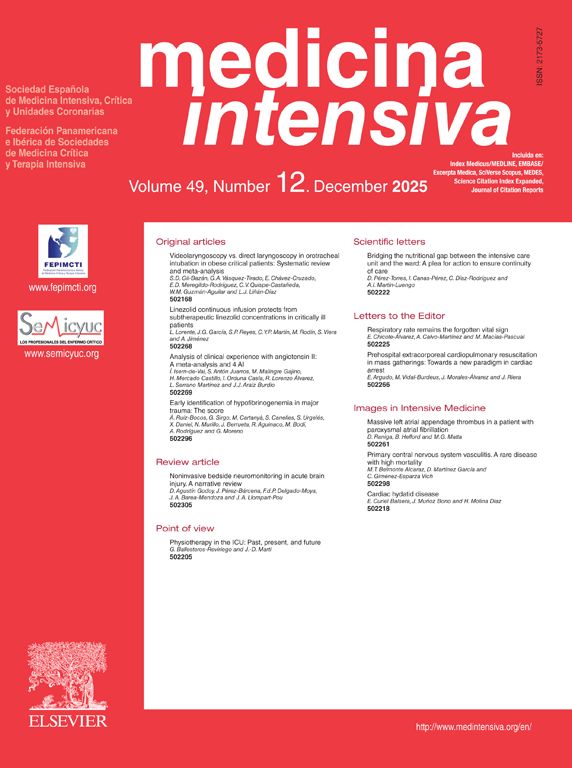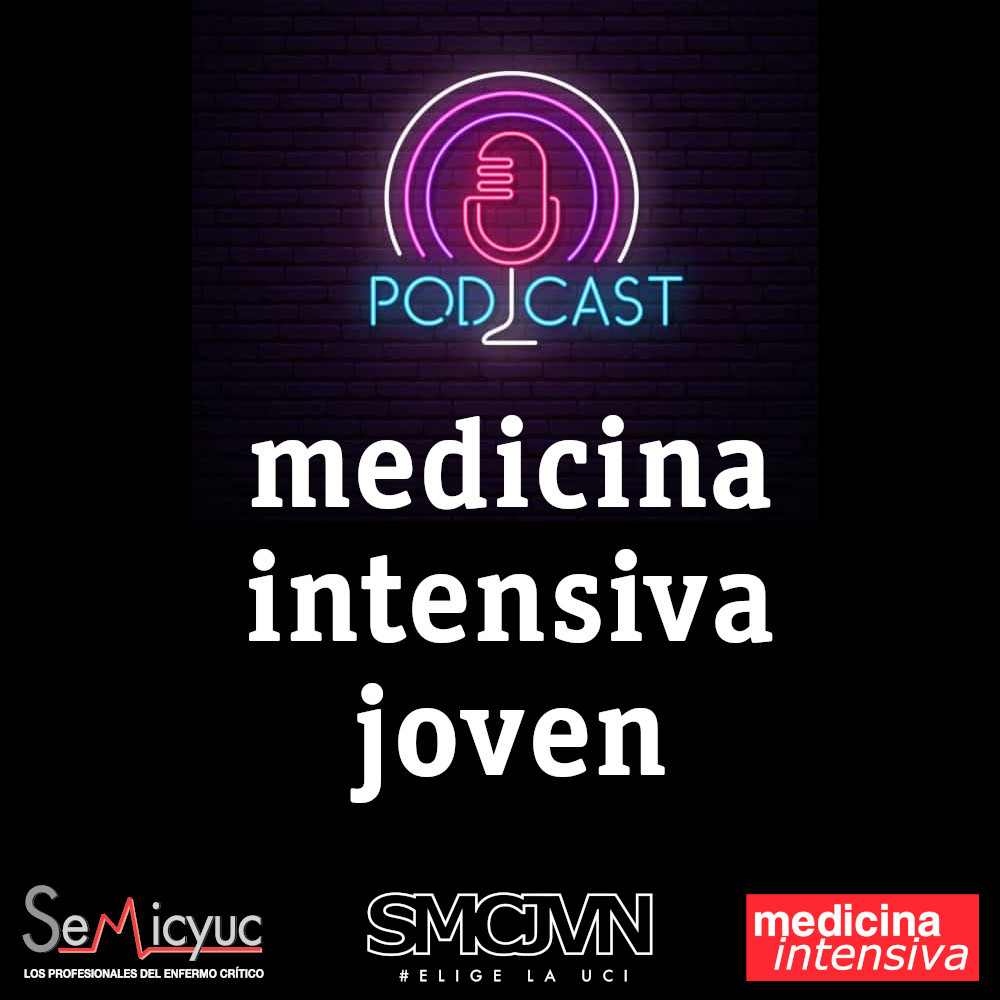Evaluate the incidence of hypotension during the weaning phase of vasopressors.
DesignA single-center, open-label randomized clinical trial between May and December 2022.
Settinga tertiary care academic medical center.
Patients91 adult patients over 18 years of age with septic shock (according to Sepsis-3).
InterventionPatients were divided into two groups: initial reduction of norepinephrine or initial reduction of vasopressin.
Main variables of interestThe primary outcome was the incidence of hypotension within the first 24 h after reducing vasopressors. Additionally, the clinical impact of this hypotension was assessed through mortality, length of hospital stay, duration of vasopressor use, incidence of arrhythmias, and prevalence of hemodialysis.
ResultsOut of a total of 91 patients, 78 were included in the analysis: 39 in the norepinephrine group and 39 in the vasopressin group. Despite a numerically significant difference in the incidence of hypotension between the groups (norepinephrine 43.6%, vasopressin 25.6%), there was no statistical difference (p = 0.153, relative risk = 1.7, 95% confidence interval: 0.9–3.2). In this sample, vasopressin withdrawal was predominantly titrated. There were no differences between the groups in terms of the evaluated clinical outcomes.
ConclusionNo differences were detected in the incidence of hypotension when weaning was initiated with norepinephrine or vasopressin, although it was non significantly higher in norepinephrine group. In our sample, vasopressin withdrawal was titrated, which differs from North American practice. Brazilian Clinical Trials Registry (REBEC: RBR-10smbw65). ClinicalTrials.gov platform (NCT 05506319).
Evaluar la incidencia de hipotensión en la fase de retirada de vasopresores: noradrenalina y vasopresina.
DiseñoEnsayo clínico unicéntrico, abierto y aleatorizado.
Ámbitoun Hospital Universitario de tercer nível.
Pacientes91 pacientes mayores de 18 años con shock séptico (según Sepsis-3).
IntervenciónLos pacientes se dividieron en dos grupos: reducción inicial de noradrenalina o reducción inicial de vasopresina.
Principales variables de interésLa incidencia de hipotensión en las primeras 24 horas posteriores a la reducción de vasopresores. El impacto clínico de esta hipotensión a través de la mortalidad, la duración de la estancia hospitalaria, el tiempo con vasopresor, la incidencia de arritmias y la prevalencia de hemodiálisis.
ResultadosDe 91 pacientes, 78 fueron incluidos en el análisis: 39 en el grupo noradrenalina y 39 en el grupo vasopresina. La incidencia de hipotensión fue mayor en el grupo que inició la retirada de noradrenalina (43,6% vs 25,6%), aunque no hubo diferencias estadísticamente significativas (p = 0,153, RR = 1,7, IC 95%: 0,9−3,2). En esta muestra, la retirada de vasopresina se tituló en la mayoría de los casos. No hubo diferencias entre los grupos en cuanto a los resultados clínicos evaluados.
ConclusiónNo se detectaron diferencias en la incidencia de hipotensión cuando el destete se inició con norepinefrina o vasopresina, aunque fue no significativamente mayor en el grupo de norepinefrina. En nuestra muestra, la vasopresina se retiró de forma titulada, lo que refleja la realidad nacional, lo que difiere de la práctica norteamericana.
Registro Brasileño de Ensayos Clínicos (REBEC: RBR-10smbw65).
Plataforma ClinicalTrials.gov (NCT 05506319).
Article
Go to the members area of the website of the SEMICYUC (www.semicyuc.org )and click the link to the magazine.








